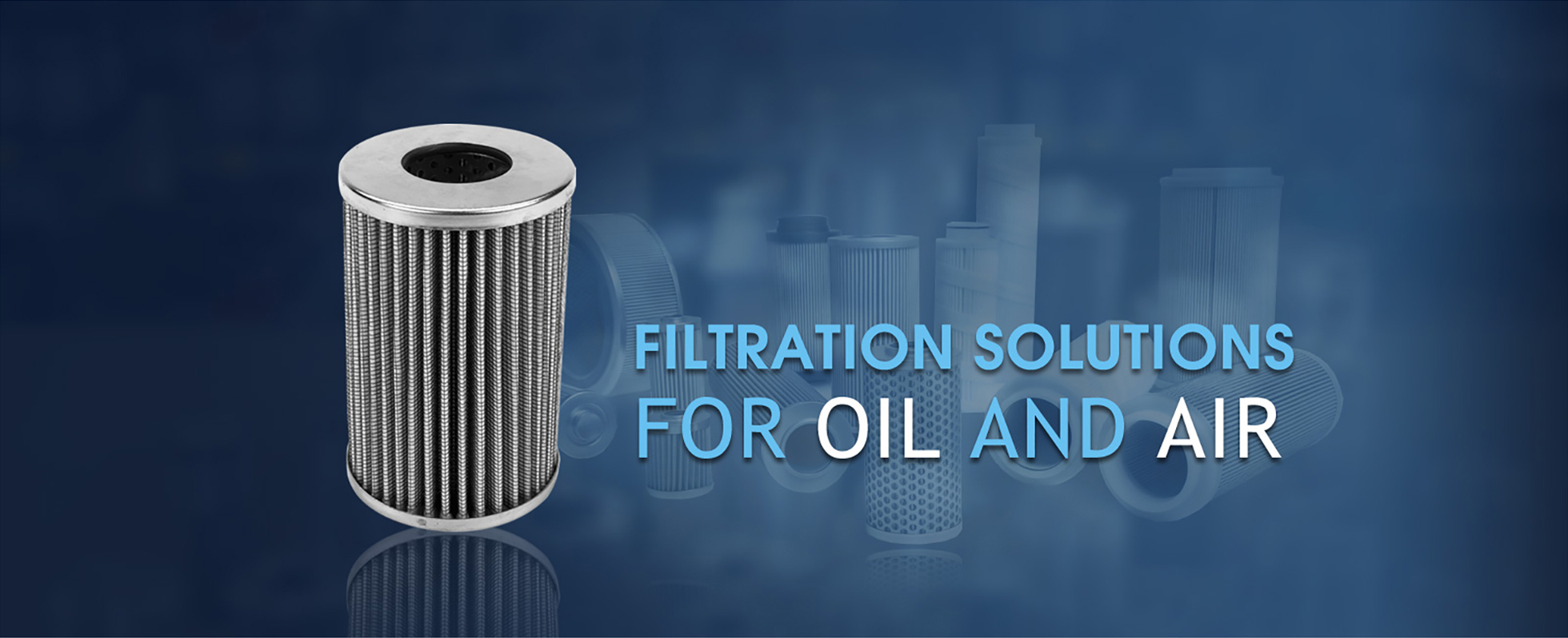
Dec . 03, 2024 15:02 Back to list
deep groove ball bearing preload
Understanding Preload in Deep Groove Ball Bearings
Deep groove ball bearings are among the most common types of rolling bearings used in various industrial applications. Their design, which features a simple structure with an outer race, inner race, and balls that roll between the two, allows them to support both radial and axial loads effectively. One critical aspect of optimizing the performance of deep groove ball bearings is the application of preload. This article delves into the concept of preload, its importance, and how it affects the operation of these bearings.
What is Preload?
Preload refers to the axial load applied to a bearing during its assembly to eliminate clearance and enhance its stiffness. In the context of deep groove ball bearings, preload serves to maintain contact between the rolling elements and the raceways, which contributes to improved performance under various operating conditions. The preload can be adjusted by modifying the spacing between the bearing races or by using specialized preload devices.
Importance of Preload
1. Enhanced Rigidity and Stability By applying preload, the bearing becomes more rigid, which helps maintain the alignment of the shaft and reduces deflection under load. This is particularly important in high-speed applications where even minor misalignments can lead to increased wear or failure.
2. Improved Load Distribution Preload allows for a more uniform distribution of stresses across the rolling elements and raceways. This reduces the risk of localized stress concentrations that can cause premature fatigue and extend the bearing's lifespan.
3. Reduced Vibration and Noise Preloaded bearings tend to produce less vibration and noise during operation. This can be crucial in applications where acoustic performance is a concern, such as in automotive or aerospace industries.
4. Increased Stiffness under Dynamic Loads In applications where dynamic loads are present, such as in machine tools or high-speed motors, preload enhances the bearing’s ability to withstand transient loads. This leads to improved performance and reliability of the overall system.
deep groove ball bearing preload

Types of Preload
There are several methods to achieve preload in deep groove ball bearings, including
- Constant Preload This method maintains a consistent preload throughout the bearing's operational life. This can be achieved by careful selection of bearing dimensions and assembly techniques.
- Variable Preload This approach allows the preload to change with temperature variations or load conditions, which can be beneficial in applications where operating conditions are highly variable.
- Active Preload Some advanced systems utilize active mechanisms to adjust the preload dynamically. This is primarily seen in high-performance applications where precision is paramount.
Challenges and Considerations
While preload offers several benefits, it must be approached with caution. Over-preloading a bearing can lead to increased friction, heat generation, and ultimately, reduced lifespan. Conversely, under-preloading can result in vibration and poor load distribution. Therefore, it is essential to determine the optimal preload level based on the specific application requirements and operating conditions.
Conclusion
Preload in deep groove ball bearings is a vital factor that significantly influences their performance, longevity, and reliability. By carefully managing the preload, engineers can optimize bearing functionality for a wide range of applications, from automotive to aerospace and beyond. Understanding the principles of preload allows for better design choices, resulting in more efficient and durable bearing systems. Properly implemented, preload can ensure that these fundamental components of machinery continue to operate smoothly and effectively, meeting the demands of modern engineering challenges.
Latest news
-
Premium Deep Groove Ball Bearings | High Speed & Reliability
NewsAug.29,2025
-
Durable Scaffolding Clamps - Secure & Reliable Tube Connectors
NewsAug.28,2025
-
Common Failures in Thrust Ball Bearings and Solutions
NewsAug.22,2025
-
How Tapered Roller Bearings Can Take Shock Loads
NewsAug.22,2025
-
Angular Bearings in High-Precision Spindles
NewsAug.22,2025
-
The Impact of Misalignment on Cylindrical Roller Bearing Performance
NewsAug.22,2025
